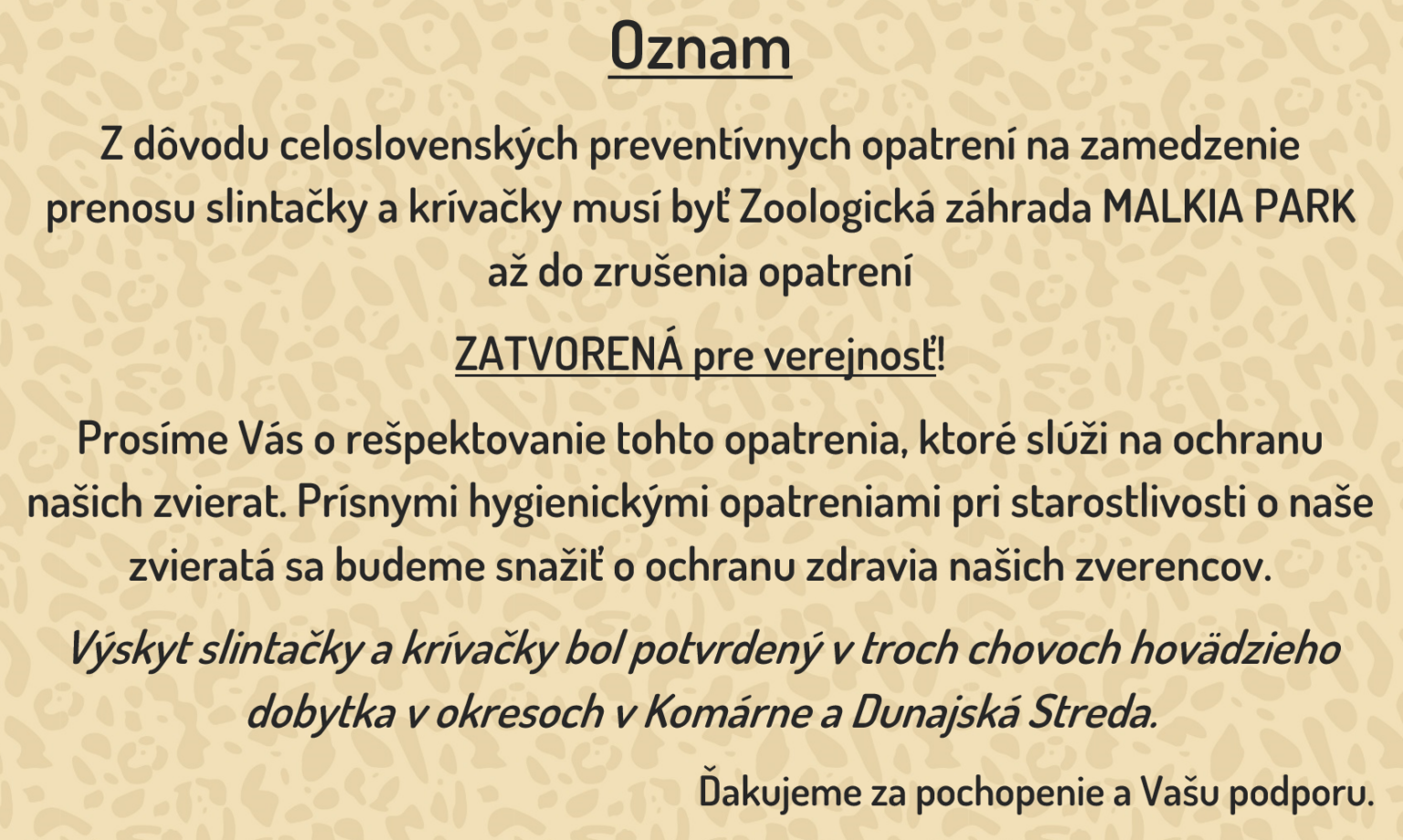The brown bear has brown fur that ranges from yellowish brown to dark brown, reddish brown, and in some cases almost black. Albinism has even been reported. The fur is variable in thickness and can grow up to 10 cm in length. The head is usually quite round with a broad skull. There are relatively rounded ears on the head. The large paws are equipped with claws that can grow up to 10 cm in length. Weight varies depending on habitat and season. At first glance, the male is almost indistinguishable from the female, but the difference is in size, as males are often twice as heavy as females.
The brown bear is a loner. Male and female meet only during the mating season, the female takes care of the young. The male is very dangerous for the cubs. If he gets near them and the female does not protect them, he will kill them.
Bears mark their territory with droppings, urine and scratching in tree trunks. When scratching at the tree trunk, the bear stands on its hind legs and tries to scrape the bark as high as possible. This mark, along with urine and feces, informs other bears about his health, age, sex, and height.
In the wild, bears fall into the so-called false hibernation – they sleep in a den, come out to defecate, “process” the fat reserves they have built up on their body during the year – especially in summer and autumn before hibernation – during hibernation they can lose up to a third of their weight . Hibernation is a way some mammals conserve energy during the inhospitable winter season and how they cope with the lack of food.
It is during false winter sleep that bears give birth to cubs in a warm den. Cubs weigh about 400g after birth and do not come out of the den until they are about three months old – in April to May. They stay with their mother for almost three years. The female has cubs every two to three years.
As the name suggests, bears love honey. In the wild, they can choose it from the hives of wild and domestic bees. Bees don’t sting them – bears have very thick fur except for the face area. They drive bees away from their faces with one paw, while they take honey from the combs with the other.
The European brown bear was once common in Germany and the Alpine countries, which is why it appears in fairy tales of various German dialects.
Until the so-called e.g. bats or ground squirrels fall into true winter sleep. Their body temperature drops to 4 degrees Celsius, their heart rate and substance metabolism decrease. Individuals are basically unconscious, they do not show any signs of life when taken out of the den. A bear clearly shows intense signs of life when disturbed in its den during false winter sleep.






